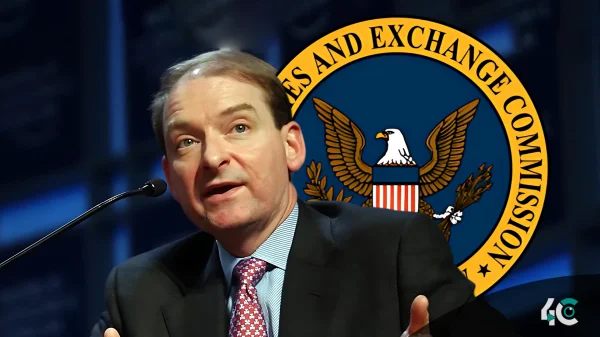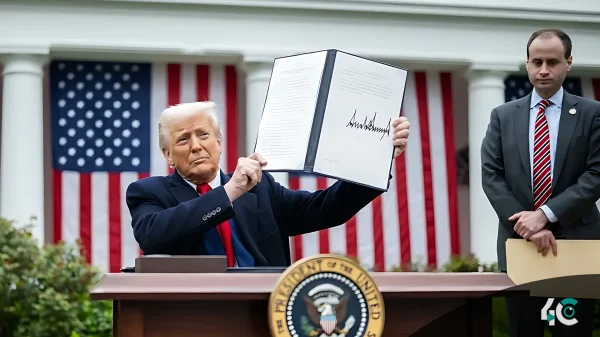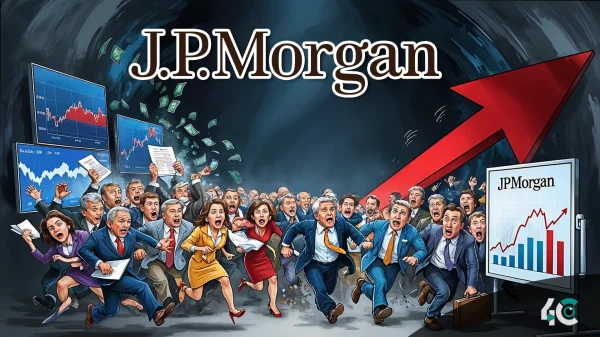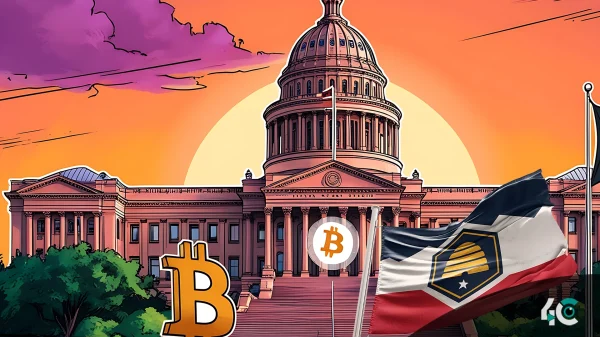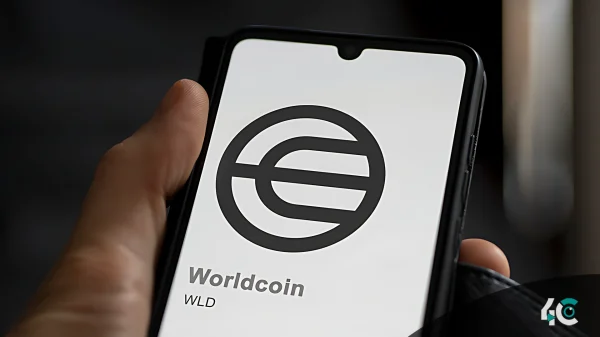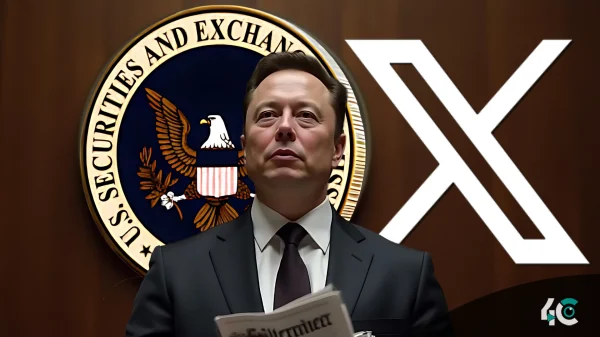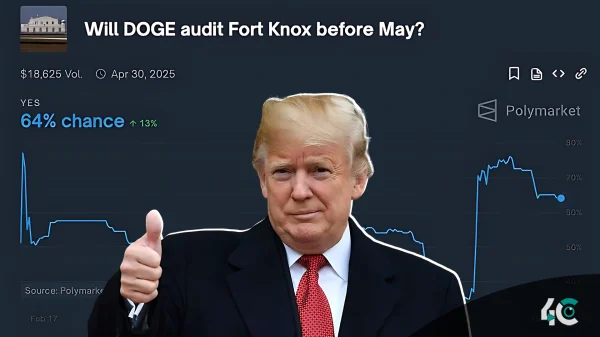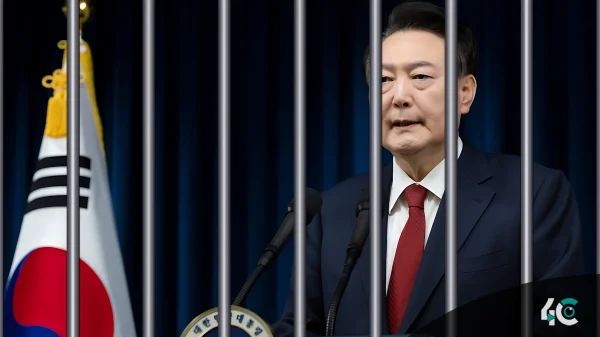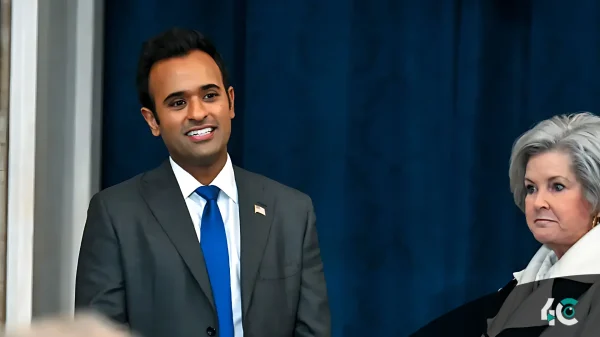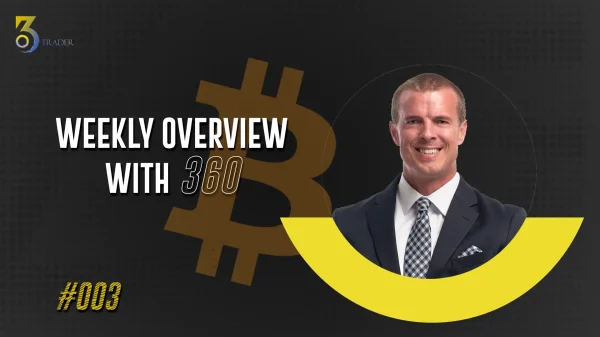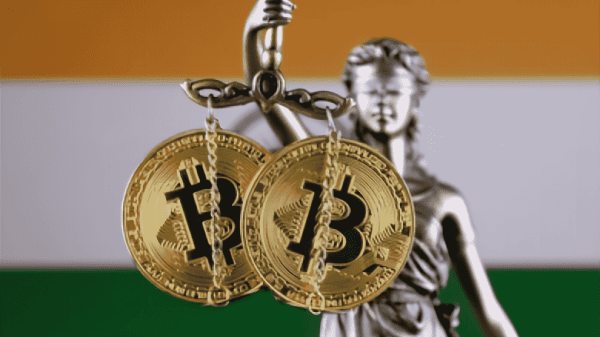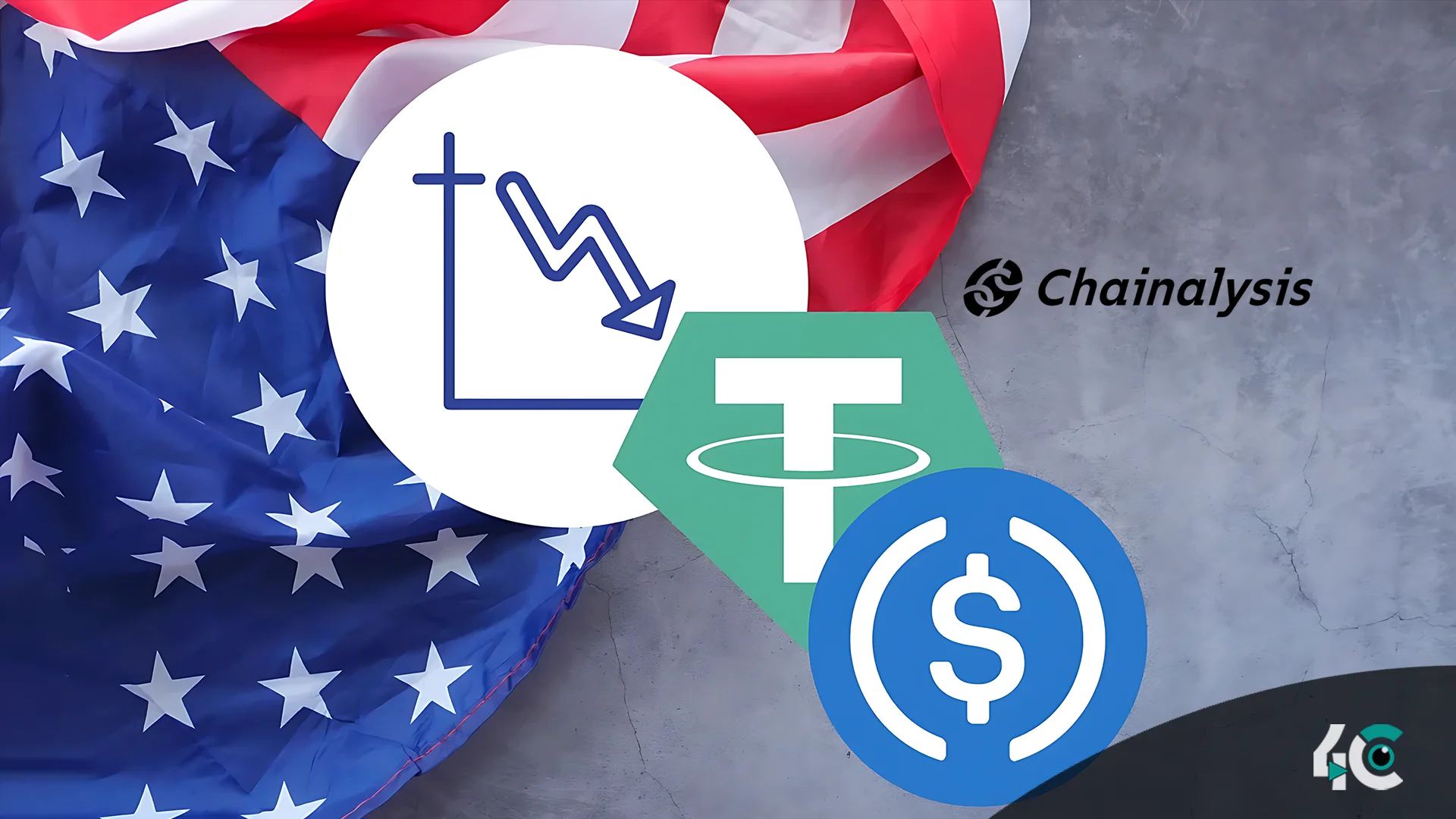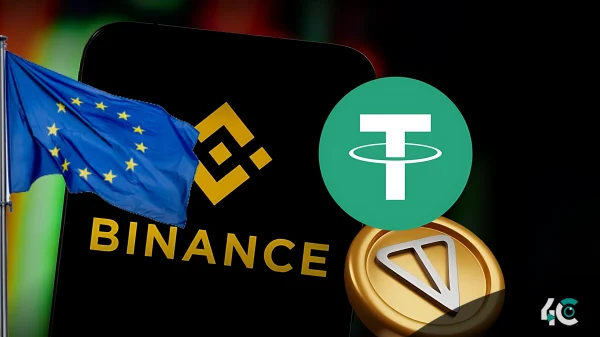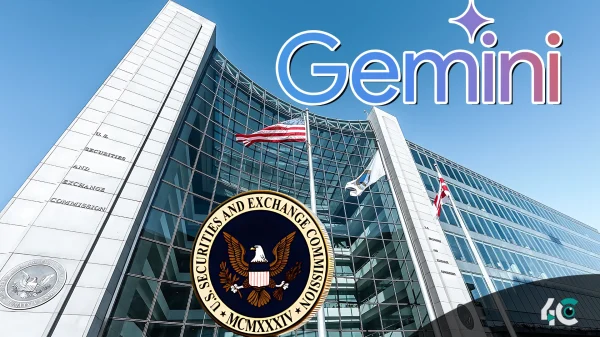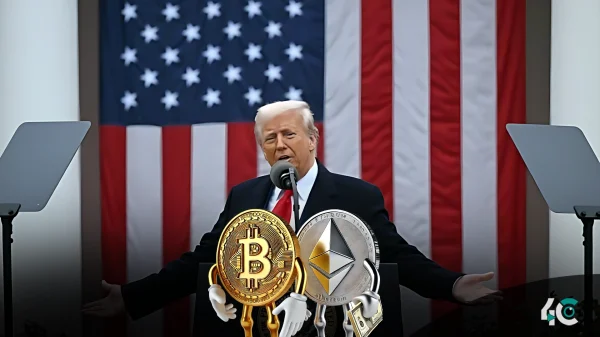Though Bitcoin activity hits new heights with the introduction of spot Bitcoin exchange-traded funds (ETFs), the United States is seeing a drop in stablecoin growth in 2024. A chain analysis shows that from about 50% in 2023 to under 40% this year, the proportion of stablecoin transactions carried out on US-regulated exchanges has declined. On non-US-regulated platforms, stablecoin transactions have exploded and exceeded 60% in 2024.
This drop indicates the rapid expansion of stablecoins in developing markets and outside US borders, not necessarily a decrease in general stablecoin consumption inside the US.
Worldwide interest in dollar-based stablecoinsThe growing worldwide demand for US dollar-backed assets—especially in areas with weak currencies—is a major factor driving this trend. Recent estimates suggest that people keep more than $1 trillion in US dollar banknotes—roughly half of the total amount in use—outside of the United States. Therefore, people increasingly view stablecoins as a more cost-effective method of conducting transactions and a reliable source of value.
Insights from business experts indicate that rather than the United States itself, developing nations like Argentina, Turkey, and Vietnam are driving the main demand for stablecoins.
Regulatory problems affect acceptance.Another factor contributing to the slow adoption of stablecoins in the US is the country’s legal framework. In the absence of clear rules regarding stablecoins and digital assets, many companies prefer to position themselves in areas with more advantageous legal frameworks. The absence of a coherent legislative framework for dollar-pegging stablecoins threatens American financial interests, as companies like Circle have highlighted.
US legislators are under increasing pressure to address legislative gaps that could hinder the local industry’s expansion, as other countries continue to develop supportive regulations for stablecoin initiatives.
In general, even if the United States keeps a strong presence in the scene of cryptocurrencies, its tardy acceptance of stablecoins emphasizes the necessity of regulatory certainty. While global markets continue to embrace US dollar-backed stablecoins, the US falls behind in creating a more conducive climate for stablecoin invention and usage.





